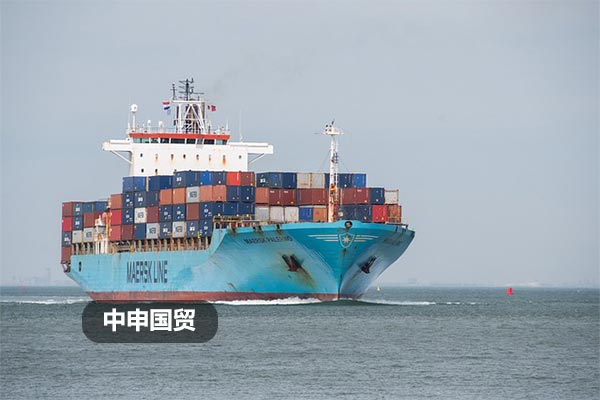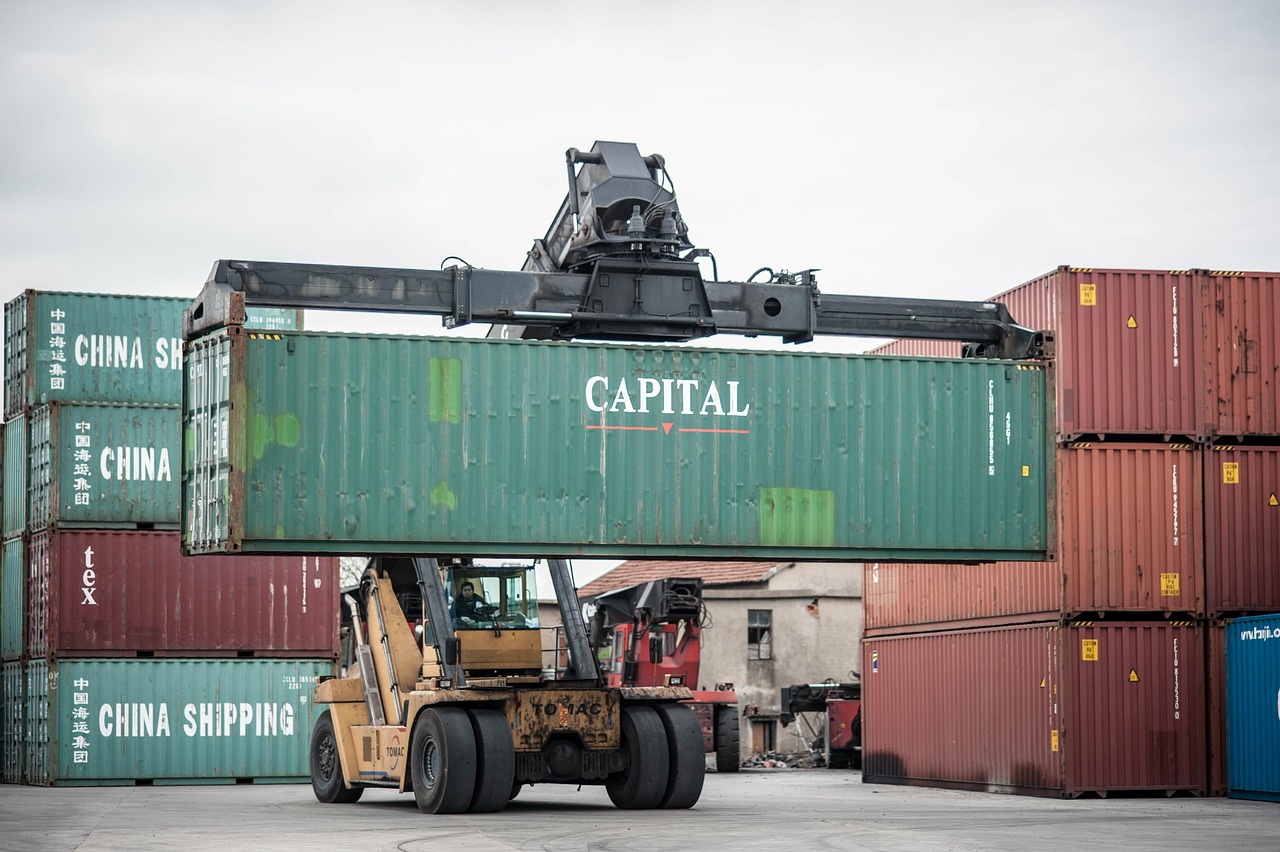- Shanghai Zhongshen International Trade Co., Ltd. - Two decades of trade agency expertise.
- Service Hotline: 139 1787 2118

When enterprises areExport Drawbackusing export tax rebate agency services can improve the efficiency and success rate of tax rebates. However, the charging standard for export tax rebate agencies is an important factor that enterprises must consider when choosing agency services. This standard is affected by various factors, including service scope, enterprise scale, tax rebate amount, etc. At the same time, different charging models also have their own advantages and disadvantages, and enterprises need to understand them in depth to make a wise decision.
I. Factors Affecting the Charging Standard of Export Tax Rebate Agencies
Service Scope
The difference in the service scope of export tax rebate agencies will significantly affect the charging standard. If the agency service only covers basic processes such as customs declaration form processing and tax rebate declaration, the charge may be relatively low. For example, some small - scale agency companies may only be responsible for simple document sorting and submitting tax rebate applications to the tax department. The charge for such basic services may be a relatively fixed amount or charged at a certain percentage of the tax rebate amount (the percentage is relatively low).
However, if the agency provides a comprehensive service, including pre - export business consultation, assisting enterprises in tax compliance planning, communicating and coordinating with customs and tax departments, handling complex issues in the tax rebate process (such as adjustment of inconsistent documents), and providing follow - up tax rebate progress tracking and other all - round services, then the charging standard will inevitably increase. In this case, the charge may be a combination of various methods. In addition to charging at a certain percentage of the tax rebate amount (the percentage is relatively high), there may also be an additional fixed service fee.
Enterprise Scale and Business Volume
Enterprise scale and business volume are also important factors affecting the charging standard. For large - scale enterprises, their export business volume is usually large, and the tax rebate amount is also relatively high. Although the tax rebate business is more complex, due to the scale effect of the business volume, the agency may offer a certain preferential charging rate. For example, when charging by a percentage of the tax rebate amount, the percentage may be lower than that of small - scale enterprises. This is because when the agency handles the business of large - scale enterprises, although the difficulty of a single business processing is high, the overall business volume is stable, enabling effective cost sharing.
On the contrary, small enterprises have a relatively small business volume and limited tax refund amounts. When handling such businesses, the unit cost for agencies is relatively high. Therefore, the charging standard may be relatively high when calculated as a percentage of the tax refund amount, or a minimum charging threshold may be set to ensure that their earnings cover the costs.
Tax rebate amount
The refund amount itself is one of the direct factors determining the fee standard. Generally, agencies charge a certain percentage of the refund amount as their fee. In the lower refund amount range, due to the presence of fixed costs, agencies may charge a relatively higher percentage to ensure profitability. For example, when the refund amount is below 100,000 yuan, the fee might be set at 10%–15%. As the refund amount increases, this percentage may gradually decrease. When the refund amount exceeds 1 million yuan, the fee percentage might drop to around 3%–5%. This is because larger refund amounts allow agencies to achieve substantial earnings even at a relatively lower percentage, while also reflecting preferential policies for major clients.
II. Common charging models for export tax refund agencies
Fixed - fee charging model
The fixed-fee model refers to a pricing approach where agencies charge a set amount for export tax rebate services, regardless of the rebate amount or the business volume of the enterprise. This model is suitable for relatively simple and standardized service scenarios. For example, for small businesses that only require routine customs declaration and tax rebate filing from the agency, with relatively uniform business types, the agency may charge a fixed annual fee ranging from ¥5,000 to ¥10,000. The advantage of this model is that enterprises can clearly anticipate service costs, facilitating budget control. However, the drawback is that if a company's business volume suddenly increases or the tax rebate situation becomes complex, the agency may lack sufficient incentive to provide additional high-quality services.
Charging model based on the percentage of the tax refund amount
This is the most common charging model. As mentioned above, the agency charges a fee according to a certain percentage of the final tax refund amount obtained by the enterprise. The advantage of this model is that the agencys earnings are directly linked to the enterprises tax refund results, which can motivate the agency to try its best to increase the tax refund amount. At the same time, for the enterprise, when the tax refund amount is low, it pays a relatively low fee, and when the tax refund amount is high, although the absolute amount paid is high, the proportion is relatively reasonable. However, the risk of this model is that if the agency takes some non - compliant means to increase the tax refund amount in order to obtain a higher charge, it is a potential risk for the enterprise.
Mixed charging mode
The hybrid fee model combines the characteristics of fixed fees and percentage-based fees on the tax refund amount. For example, an agency may first charge a fixed base service fee, such as 3,000 yuan, and then collect an additional fee based on a certain percentage (e.g., 5%–8%) of the tax refund amount. This model integrates the advantages of the previous two models, ensuring that the agency has a certain income guarantee while providing basic services, while also incentivizing the agency to improve service quality and increase the tax refund amount through the portion of fees linked to the refund. However, this model involves relatively complex calculations, and companies need to carefully assess the costs.
Conclusion
The charging standard for export tax refund agencies is a complex system, affected by various factors and with different charging models. When choosing an export tax refund agency service, enterprises need to comprehensively consider factors such as their own business needs, scale, and expected tax refund amount, weigh the advantages and disadvantages of different charging models, and choose the most suitable agency service to ensure the smooth progress of export tax refund while controlling the service cost.
Related Recommendations
? 2025. All Rights Reserved. Shanghai ICP No. 2023007705-2  PSB Record: Shanghai No.31011502009912
PSB Record: Shanghai No.31011502009912










